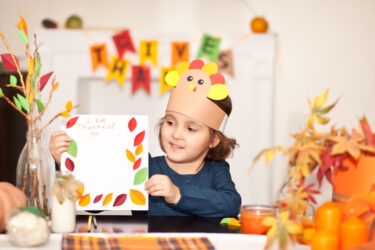Every behavior serves a purpose. That purpose is called the function or the “why” the behavior occurs. Behavior “works” for kids when they are “rewarded” or reinforced with what they are seeking. For example, when a child is throwing a tantrum in the Target toy aisle because they want the newest Ninjago Lego Set, the function is tangible. If a parent gives in to the tantrum and buys said Lego set, the likely hood of a tantrum the next time the Target toy aisle is visited increases. Kids are smart and very quickly they can notice … if I have a meltdown over a toy and mom/dad buys me the toy, then my behavior worked in my favor.
In order to best match consequences and to not inadvertently reinforce your child’s negative behavior, it is important to know what the four functions of behavior are, what they may look like, and appropriate ways to respond to them. Also, keep in mind, that behavior can serve more than one function. For example, a child screaming at Target for a toy is the function tangible, but a child screaming at home when it is time to clean up and they do not want to would fall under avoidance.
Functions of Behavior:
- Escape/Avoidance: The child behaves in order to avoid/get out of doing something he/she does not want to do. For example, a child is that asked to clean up toys begins to kick and scream. This typically results in a time away … which give the child exactly what they are looking for … an escape from cleaning up. A better consequence would be to help your child calm their body and revisit cleaning up. In addition, using natural consequences … they cannot bring out a new toy until the previous one is cleaned up. I have also used “toy time out” when my children have left toys out.
- To Gain/Attention Seeking: The child behaves to get increased/focused attention from others including parents, teachers, peers, siblings, or others around them. For example, my daughter enjoys having all eyes on her in restaurants and will sing and talk loudly until everyone is looking at her. Instead of letting her serenade every guest with her loud remix of the Itsy Bitsy Spider, I remove her from the restaurant and take her to my car where she is not reinforced by negative attention. Once she is calm and quiet, I lay on the positive attention thick! I try as much as I can to give her as much attention as possible when she is being sweet.
- Tangible: The child behaves in order to get an item of choice/preferred item or to participate in a preferred activity. As mentioned above … the toy aisle is a great example of the tangible function. If the item is purchased after a meltdown, you will likely see a meltdown as soon as you step foot into the aisle next time, then the store, then the parking lot. Kids are smart and quickly figure out what works for them! The best consequence for this function … do not buy the item or let your child participate in the preferred activity until they can demonstrate appropriate behaviors.
- Sensory: The child behaves in a certain way because if feels good to them. This can happen at any time and in any location. For example, my daughter will twirl her hair because it feels good to her. Unfortunately, then her hair can fall out. The more I draw attention to the behavior, the more she will do it … like the “don’t look behind you” effect … when someone says that, you immediately want to look behind you! The best interventions for this function are to provide replacement behaviors or define times for the child to engage in the behaviors as long as they are not harmful or distracting to others. For my daughter, we provided her with visual supports that reminded her what her options are … play with doll hair, put on a wave cap, use a weighted blanket, etc.
The next time your child misbehaves, I challenge you to look at it with the functions in mind and ask yourself, “What is my child trying to communicate?” “Have I been inadvertently reinforcing the behavior?” and “What consequences best match the function of my child’s behavior?”





